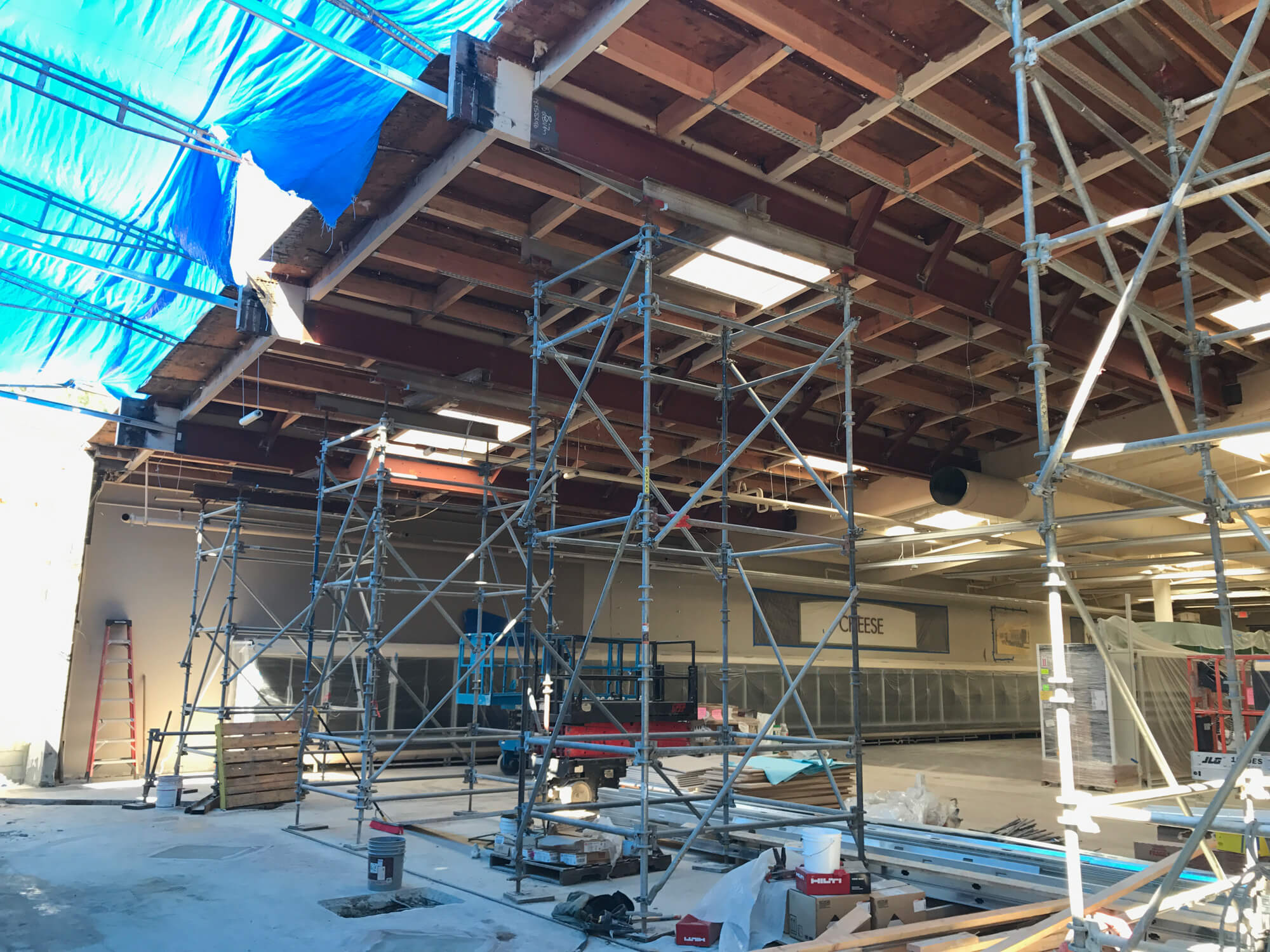In the dynamic realm of metropolitan development, commercial scaffolding stands as a fundamental pillar for effective construction and renovation projects. As city skylines continue to change, the need for innovative scaffolding solutions has almost never been more essential. This article explores the various aspects of commercial scaffolding, highlighting its importance, varieties, and how it can significantly enhance safety and productivity at job sites.
From high-rise buildings to retail stores and large facilities, understanding the role of scaffolding is crucial for any construction expert. We will analyze how commercial scaffolding not only maintains structural integrity but also affirms compliance with security regulations, steering you through the basics of permits, inspections, and training necessities. Join Commercial Scaffolding In Queenborough as we uncover the key elements that make scaffolding an necessary tool in modern construction projects.
Comprehending Business Scaffolding Systems
Business scaffolding is a vital aspect in the building and restoration of buildings, providing a short-term setup that supports workers and resources. It allows for safer and more efficient access to tall or hard-to-reach areas during multiple ventures, from new builds to extensive renovations. As urban environments grow ever more crowded, the demand for tailored scaffolding answers has surged, emphasizing the need for thoughtful design and design.
There are several kinds of scaffolding employed in business projects, including frame scaffolding, modular systems, and suspension scaffolding, each tailored to precise tasks and environments. Frame scaffolding is one of the most popular selections for its adaptability and simple assembly. Modular systems, on the other hand, is valued for its flexibility and ease of transport. Comprehending the different choices available is crucial for selecting the most suitable framework that accommodates the unique demands and limitations of a project.
Safety and compliance in business scaffolding cannot be underemphasized. Adhering to Occupational Safety and Health Administration (OSHA) regulations is essential for securing a safe job site, as scaffolding can pose significant hazards if not well erected or maintained. Regular safety inspections and thorough training for all workers are imperative to mitigate risks, promoting a protected work site while improving overall job efficiency.
Security and Compliance in Scaffold Construction

Safety and compliance are fundamental aspects of commercial scaffolding, ensuring that employees can work without hazard while adhering to legal standards. The Occupational Safety and Health Administration establishes the regulations that regulate the construction, use, and maintenance of scaffolds. Contractors must verify that all scaffolding equipment meets OSHA guidelines, providing the necessary protection for employees at elevated levels. Ongoing training and updates on security protocols are crucial to ensuring adherence and fostering a culture of security on-site.
Innovative scaffold systems also improve security, featuring elements such as guardrails, safe entry points, and non-slip surfaces. Adherence with safety regulations not just protects employees but also reduces potential liabilities for companies. Effective safety practices includes conducting regular checks and addressing any hazards promptly. By prioritizing security and adherence, companies foster a secure workplace that can significantly increase worker morale and productivity while avoiding costly accidents.
Committing in expert scaffold solutions ensures that security and compliance are expertly handled. Experienced scaffolding firms bring knowledge of standards and best practices to the project, ensuring that all components of scaffold erection and maintenance are carefully adhered to. Partnering with experts not only reduces the risk of accidents but also guarantees that projects proceed effectively and seamlessly, satisfying crucial timeframes without sacrificing safety requirements.
Organizing and Overseeing Support Projects
Efficient preparation is vital for the successful execution of scaffolding projects. Commence by evaluating the task's specific demands, like the size of effort, type of development, and location conditions. Consult with major stakeholders to identify operational needs like delivery times, site access points, and the configuration of framework systems. This initial groundwork helps establish a defined schedule and financial plan, minimizing delays and guaranteeing that resources are assigned properly.
Once the preparation phase is complete, shift on the management aspect to confirm efficient operations on-site. Ongoing interaction with your framework group, site managers, and other contractors is essential for tackling any issues that may arise during the construction process. Employing https://articlescad.com/designing-with-aim-the-visual-appeal-of-support-structures-in-building-44336.html can enhance task assignments, record progress, and manage deadlines effectively. Additionally, allocating specific roles and duties within the group can enhance ownership and foster teamwork.
Protection must remain a major concern throughout the support project. Implement a comprehensive safety plan and conduct regular training sessions to make sure that all employees are familiar with guidelines and preferred practices. Performing routine safety checks will help detect potential hazards and guarantee compliance with OSHA regulations. By fostering a culture of safety and vigilance, you establish an environment that safeguards workers and enhances output during the entire scaffolding project.
